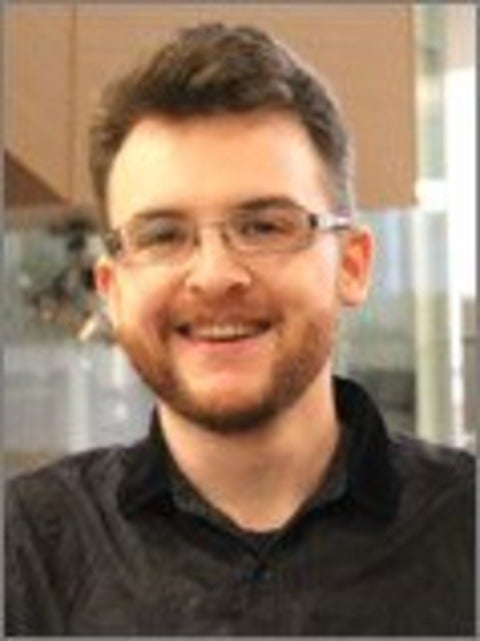Seminar: Dmitry Pushin
The Quantum Neutron
Dmitry Pushin
The neutron, one of the most common building blocks of matter, is also a unique probe for studying materials and fundamental interactions. The only electrically-neutral nucleus, the neutron passes through most materials with ease, even at the lowest energies. Nowadays neutrons, even with their ~ 15 minute lifetime, are used to study problems ranging from charging and discharging of common batteries to cosmological dark energy. Here I will focus on the neutron as a quantum particle.

 Zachary Webb of the Department of Physics and Astronomy is defending his thesis:
Zachary Webb of the Department of Physics and Astronomy is defending his thesis: